Trithuria Hook. f.
hydatella
Hydatellaceae
Centrolepis, Eleocharis, Isolepis, Littorella
India, Australia, and New Zealand
Trithuria sp.
information not available
information not available
seasonally submergedsubmerged:
(adj) (syn. submersed) under water; submerged below the water surface
, small, sedge-like herb
Typically a tufted annual or a creeping perennialperennial:
(adj) (of a plant) having a life cycle of more than two years
. Rhizomerhizome:
(n) an underground stem, usually growing horizontally, from which both roots and shoots emerge directly; the thick, above-ground stem of ferns
 short, roots numerous, unbranched; stem very short, small, often red. Leaves basalbasal:
short, roots numerous, unbranched; stem very short, small, often red. Leaves basalbasal:
(adj) at or pertaining to the base, or point of attachment
, alternatealternate:
(adj) (of leaves) bearing one leaf per node; placed singly on the stem at different heights
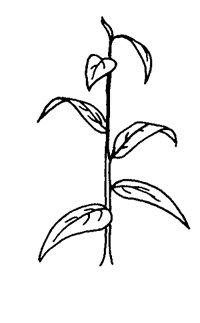 to spiral, numerous, erect, glabrousglabrous:
to spiral, numerous, erect, glabrousglabrous:
(adj) without hairs or scales
; usually lacking sheaths or ligules; leaf bladeblade:
(n) (syn. lamina) the flat, expanded part of a leaf, frond, or petal (excluding, e.g., the petiole)
 linear to filiformfiliform:
linear to filiformfiliform:
(adj) thread-like; long and thin
, basalbasal:
(adj) at or pertaining to the base, or point of attachment
portion hyalinehyaline:
(adj) thin and translucent or transparent
, often buried within sediment, exposed portion dark green to red-brown; apexapex:
(n) the point farthest from the point of attachment; the tip (often pointed)
round to acuteacute:
(adj) tapering to a sharp, pointed apex with more or less straight sides; broader than acuminate; forming an angle of less than 90 degrees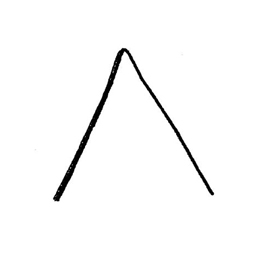 ; base straight; marginmargin:
; base straight; marginmargin:
(n) edge; rim
entireentire:
(adj) having a continuous margin that is not toothed or lobed
 ; venationvenation:
; venationvenation:
(n) the arrangement of veins in a leaf
midrib only or lacking. Inflorescenceinflorescence:
(n) the arrangement of flowers on the floral axis
 a terminalterminal:
a terminalterminal:
(adj) at the apex
, sessilesessile:
(adj) attached directly, without a stalk
 or scapose headhead:
or scapose headhead:
(n) inflorescence consisting of small closely packed stalkless flowers or florets arising at the same level on a flattened axis; of several types, including: discoid (composed entirely of disk flowers) and radiate (composed of central disk flowers and marginal ray flowers)
, bright red apically; involucral bracts lanceolatelanceolate:
(adj) lance-shaped; widest point below the middle, tapering to the apex
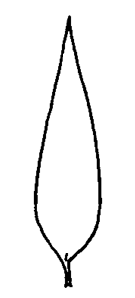 to ovateovate:
to ovateovate:
(adj) egg-shaped in outline; generally with the broad end at or near the base
 , in a false whorlwhorl:
, in a false whorlwhorl:
(n) three or more similar organs arranged in a circle at the same point around an axis
. Flowers small, unisexualunisexual:
(adj) (of a flower) with either stamens (male) or pistils (female) but not both; consisting of only male or female flowers
; with or without floral bracts; perianthperianth:
(n) collective term for the calyx and corolla of a flower; also used for floral whorl(s) in which the calyx and corolla cannot be resolved; any of the leaves or bracts surrounding the sex organs of bryophytes
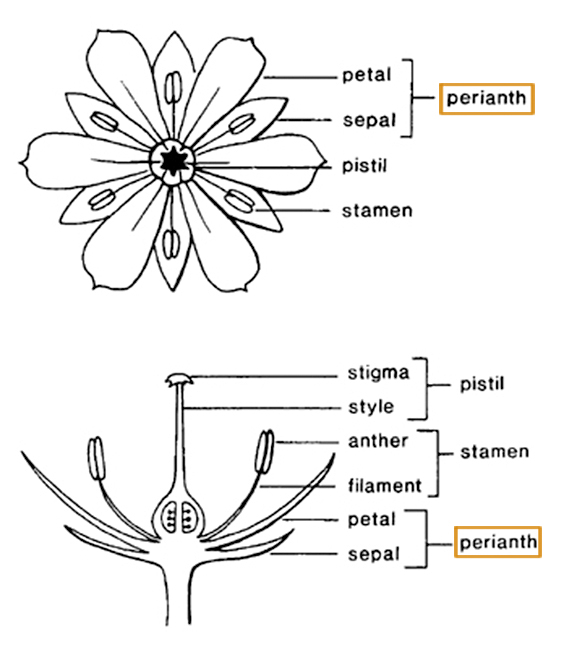 absent; male flower a solitary stamenstamen:
absent; male flower a solitary stamenstamen:
(n) the male reproductive organ in a flower, consisting of a pollen-bearing anther and a filament
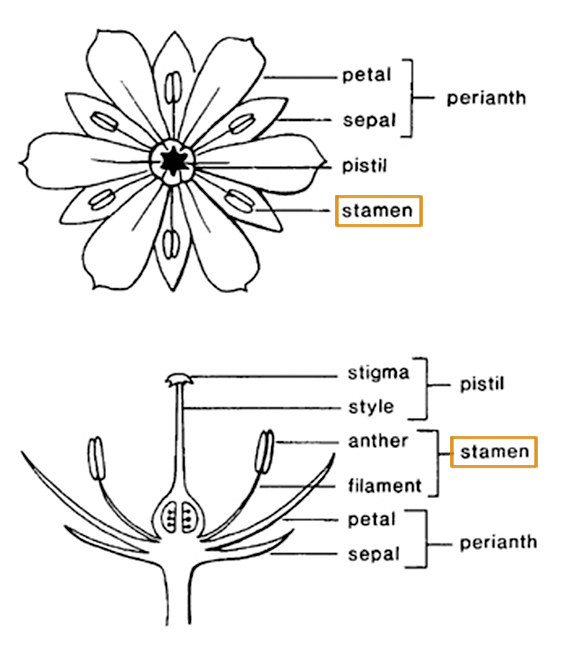 ; female flower a solitary ovaryovary:
; female flower a solitary ovaryovary:
(n) a hollow organ at the base of the carpel of a flower in which ovules are produced
, shortly stipitatestipitate:
(adj) borne on a stipe or stalk
, with stigmatic hairs.
seasonally wet sites, occasionally submergedsubmerged:
(adj) (syn. submersed) under water; submerged below the water surface
; swamps, stream margins, temporary pools, shallow freshwater lakes
A genus of 12 accepted species; 8 endemicendemic:
(adj) restricted to a certain geographical location
to mainland Australia, one each to Tasmania, New Zealand and India; one species (T. submersa) occurs in both Tasmania and mainland Australia.